Owls typically prefer to be left alone, so getting close enough to one to have a conversation is extremely rare. Yet this is what happened to renowned birder and wildlife expert Emin Yogurtcuoglu while traversing Argentina on a recent expedition.
As Yogurtcuoglu told The Dodo, at first he spotted an owl pair from his car. The next day, he saw the owls again, and this time got out of the car and close to the ground, to be eye-level with them. And on the final day, the female of the pair had gotten even bolder, coming up to Yogurtcuoglu upon his arrival, less than two feet away. He decided to interview her, and in the video this lovely feathered friend hoots warmly into the microphone, inching ever closer: “What do people think about our nature?” he asked. “How often do you hoot?” Eventually, Yogurtcuoglu was close enough to see himself in her own eyes, snapping a picture in the process, and the female owl stayed close. It was a once-in-a-lifetime opportunity.
Lesser Horned Owl, Chatty Cathy, or both? Wildlife expert Emin Yogurtcuoglu converses, up close and personal, with a fine feathered friend. The Dodo, www.youtube.com
Yogurtcuoglu spent time every day with the owls from the time he first saw them, for approximately an hour. Still, he never expected to get so close. “The part of this story that moved me the most was listening to the female horned owl’s call up close, right at its source,” Yogurtcuoglu wrote on Instagram. “Normally, these creatures can be heard from 4-5 kilometers away, but hearing one so closely in the wild, without it being captive, was so impactful that I still can’t fully grasp it.”
According to the Cornell Lab of Ornithology’s eBird database, the lesser horned owl is native to “highlands from central Peru south to Tierra del Fuego.” The “horns” in question are actually feathers, and it has a “black-bordered face, and densely barred belly.” As the International Owl Center shares, “the majority of owls don't like being around people,” not to mention that they can be extremely territorial–they are predators, after all. But owls that are accustomed to people can be more patient or even curious. Yogurtcuoglu kept his distance from the birds at first, for example, never trying to rush them, and then later one bird came to him. It’s important to remember, however, that he’s an expert, and for the most part owls are best observed from afar.
It’s for this reason, undoubtedly, that Yogurtcuoglu described the female owl’s approach as “one of the most fascinating moments of my life,” he wrote on Instagram. For example, because owls are higher up in the food chain, their feathers can’t make any noise when they approach; however, Yogurtcuoglu writes, this lady was close enough that he could hear her feathers rustling in the wind. Watching the video, her hoots continue, and he responds, two gentle souls together. It was no doubt a spiritual experience for the wildlife expert, who otherwise gets closest with his lens.
“I let go of all the boundaries in my heart and looked at her with admiration,” he says. “She accepted me as I was.”





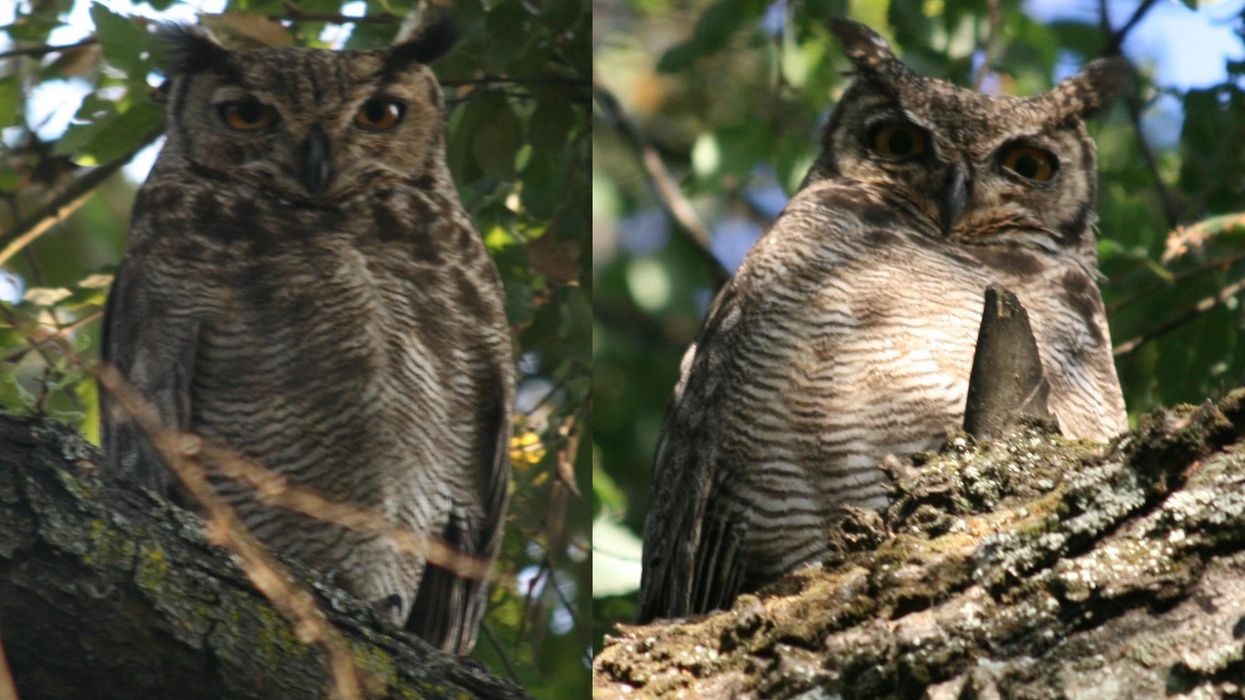


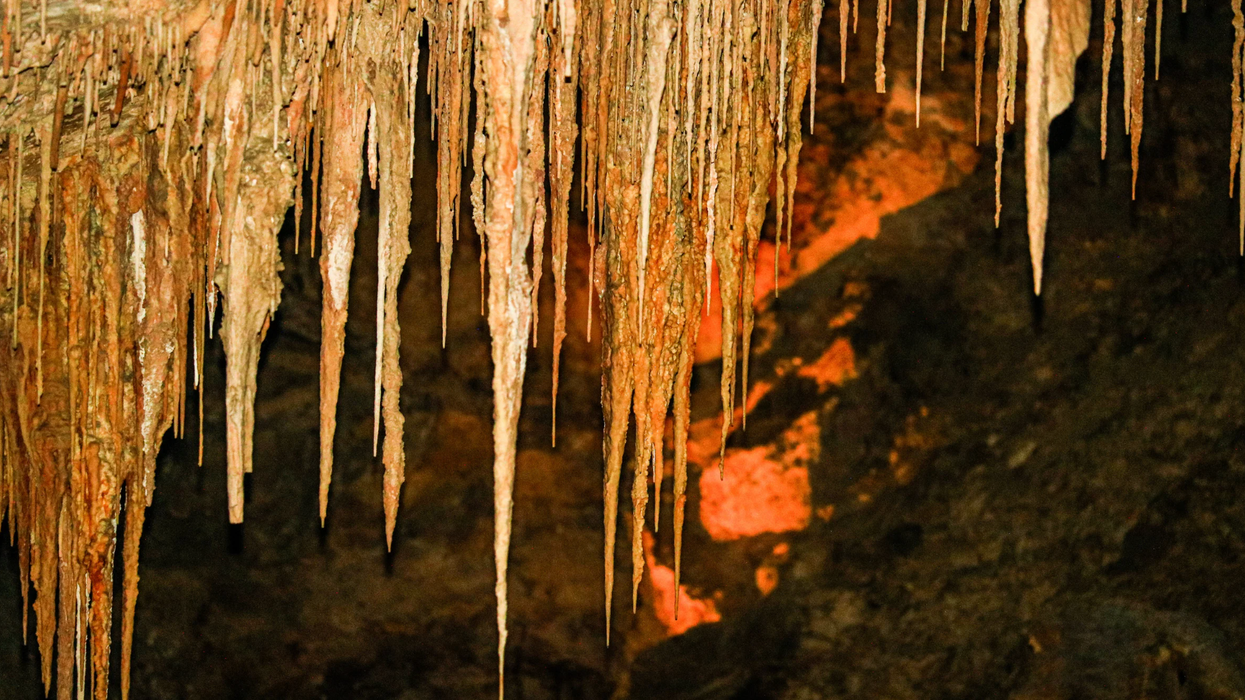

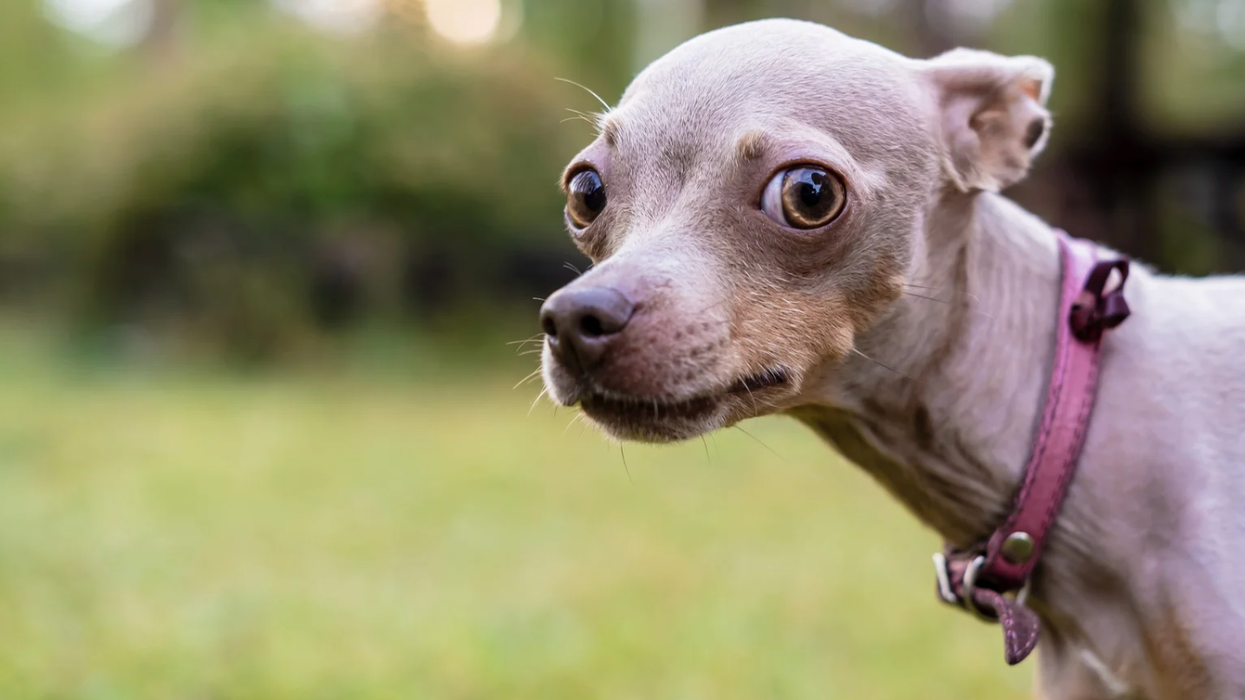







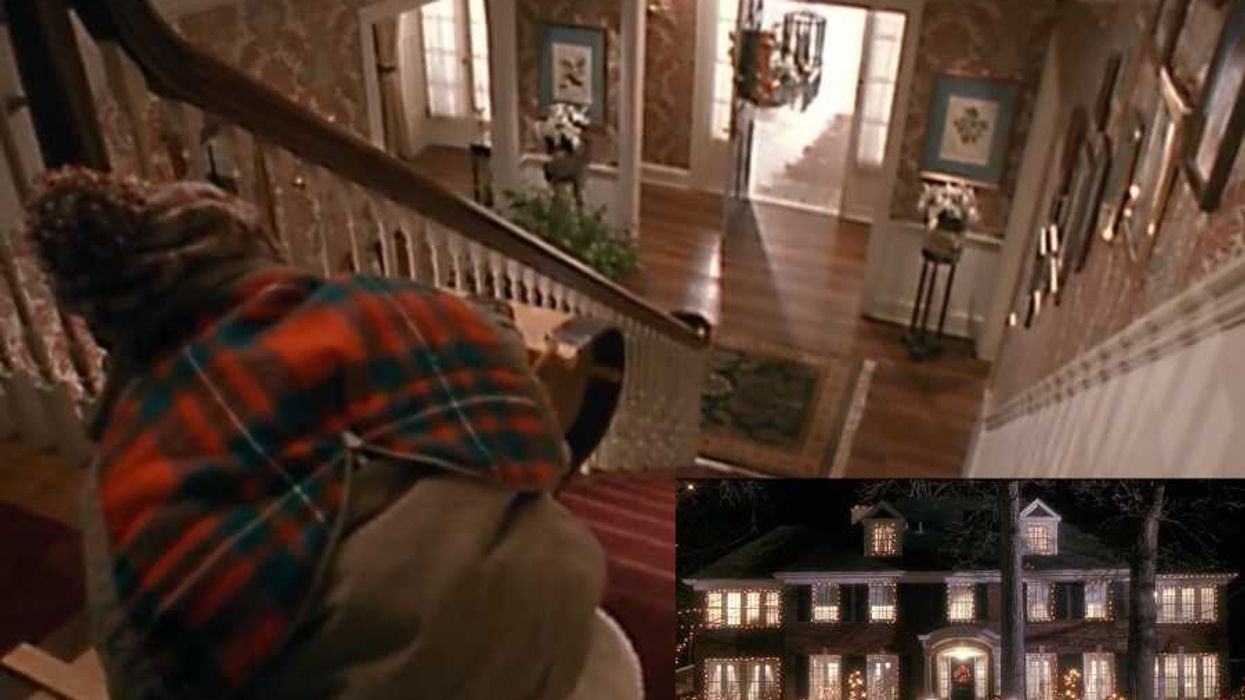

 The Emergency Department.Photo credit:
The Emergency Department.Photo credit: 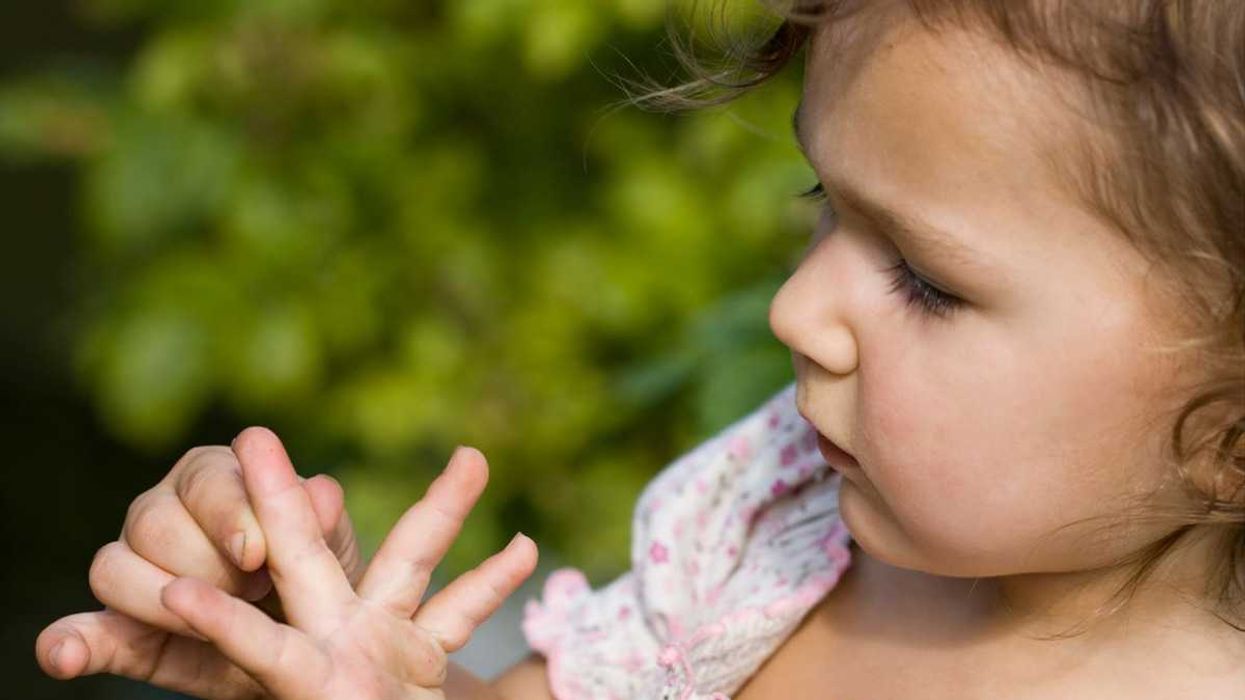 Little girl with a splinter.Photo credit:
Little girl with a splinter.Photo credit:  Woman on phone after car accident.Photo credit:
Woman on phone after car accident.Photo credit: 
 A hotel clerk greets a guestCanva
A hotel clerk greets a guestCanva Gif of Faye Dunaway' as Joan Crawford demanding respect via
Gif of Faye Dunaway' as Joan Crawford demanding respect via  An empty rooftopCanva
An empty rooftopCanva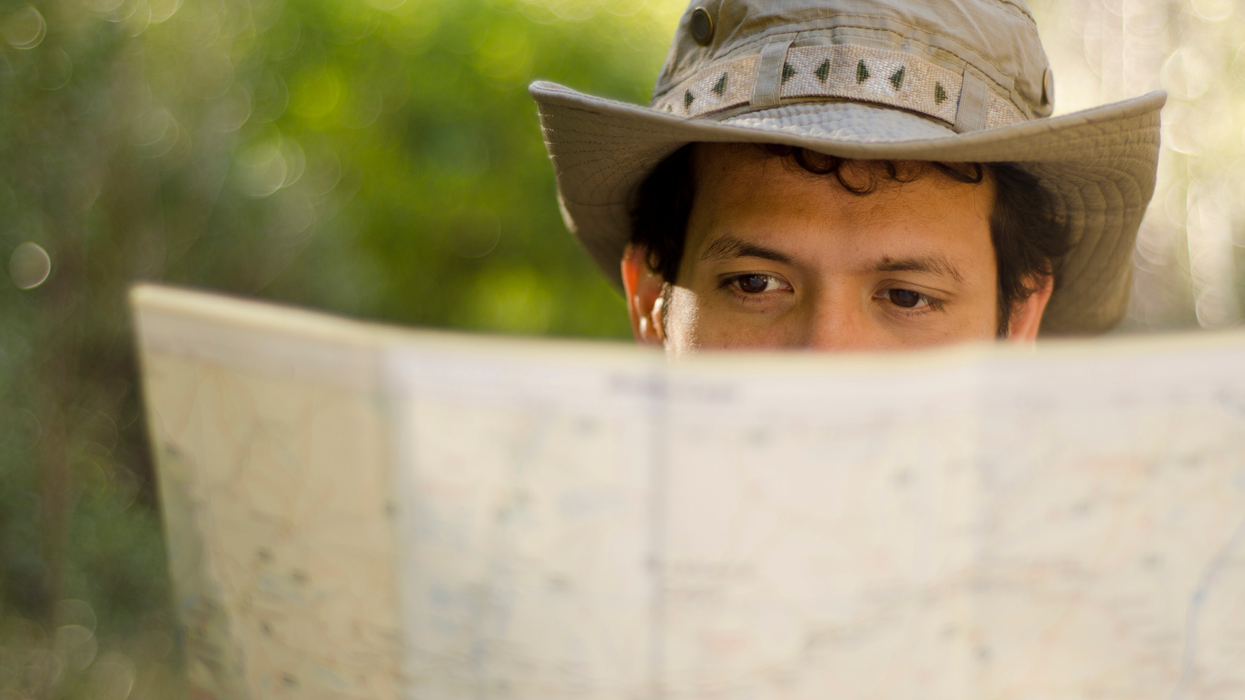
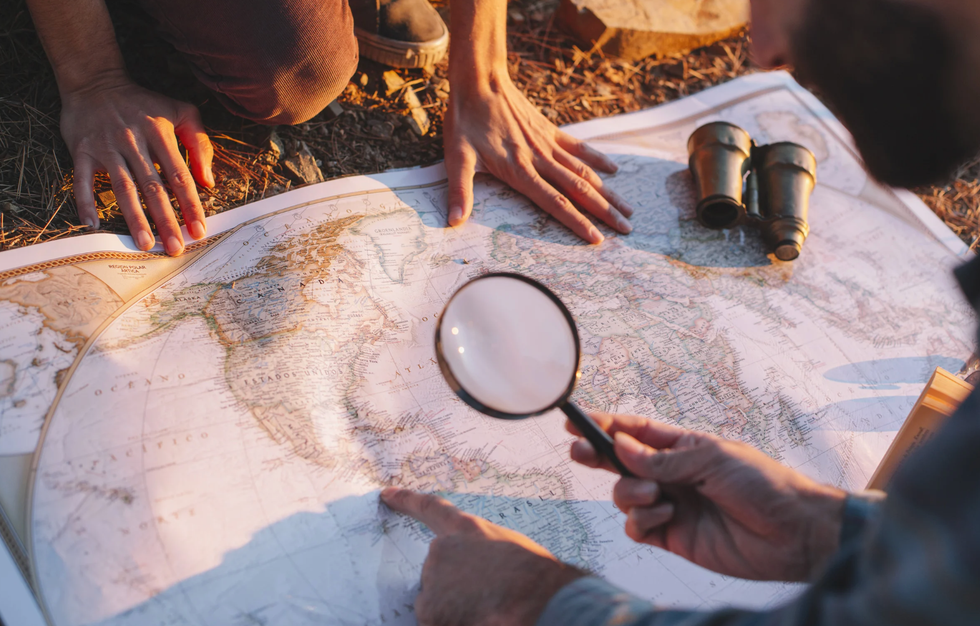 Two people study a mapCanva
Two people study a mapCanva Foggy Chinese villageCanva
Foggy Chinese villageCanva
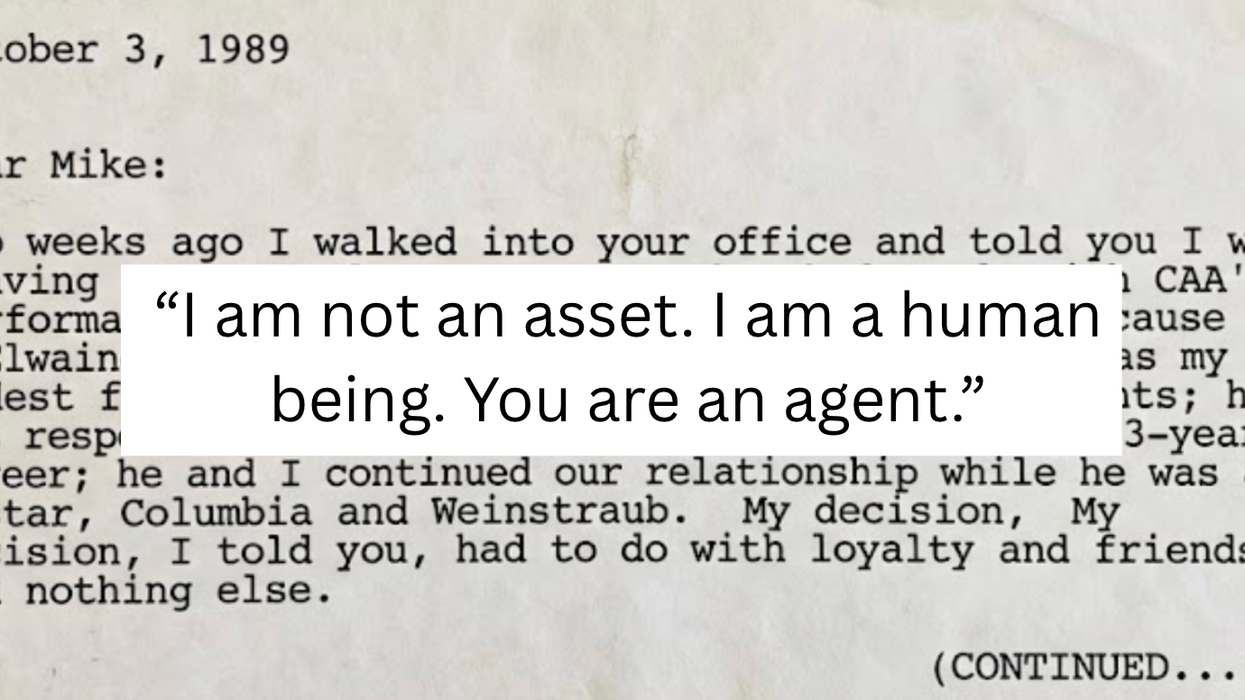
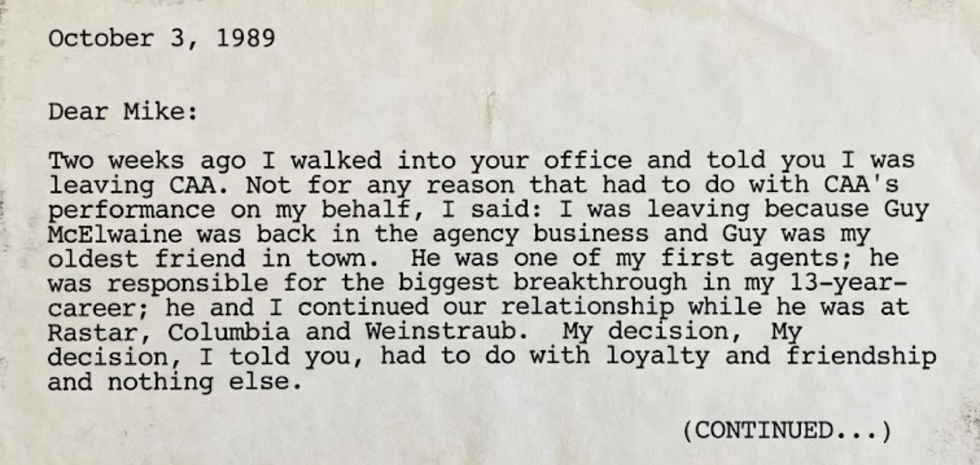 An excerpt of the faxCanva
An excerpt of the faxCanva
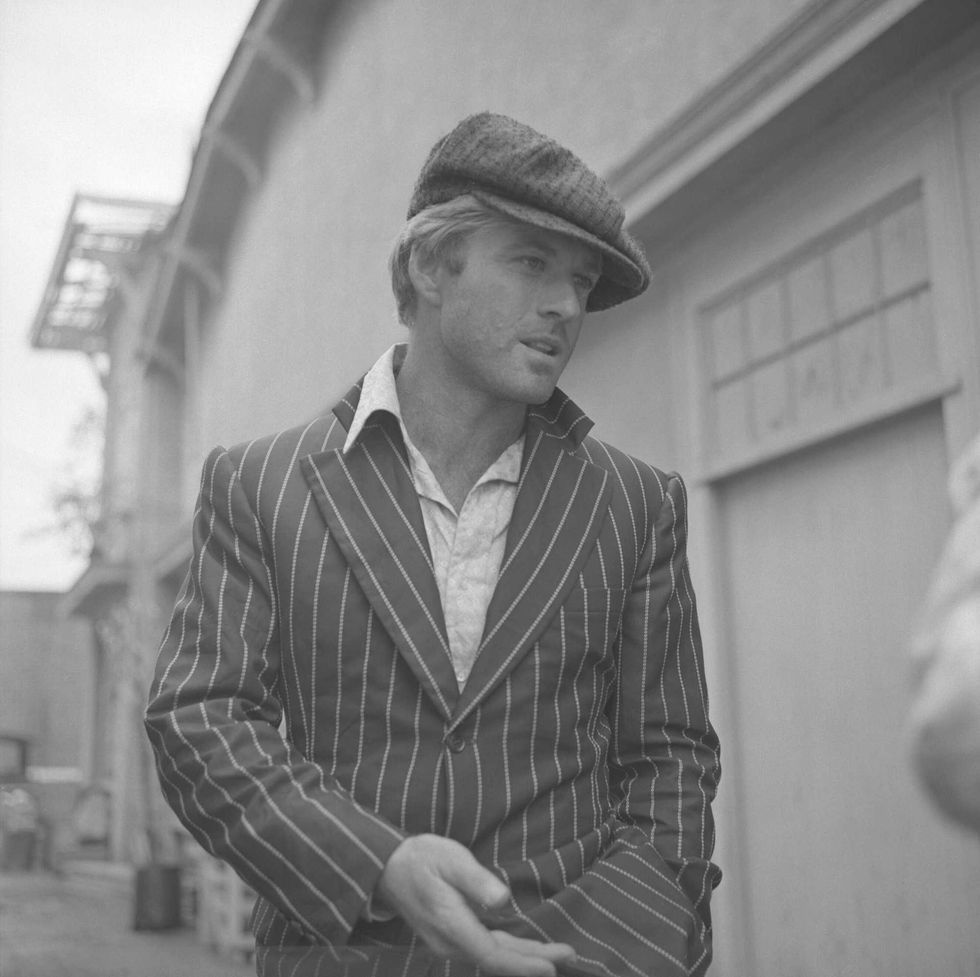 Robert Redford advocating against the demolition of Santa Monica Pier while filming "The Sting" 1973
Robert Redford advocating against the demolition of Santa Monica Pier while filming "The Sting" 1973